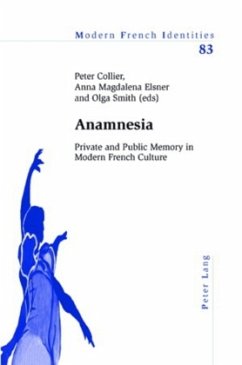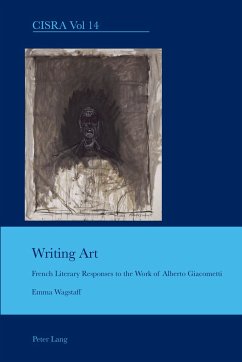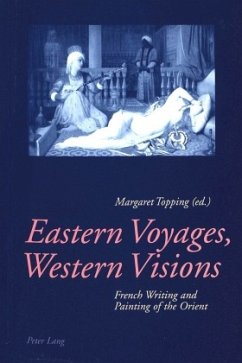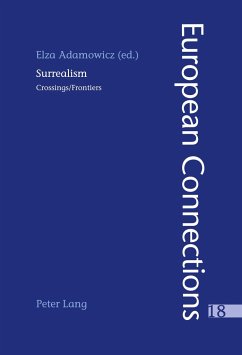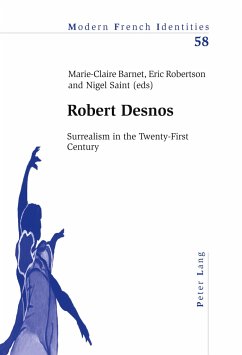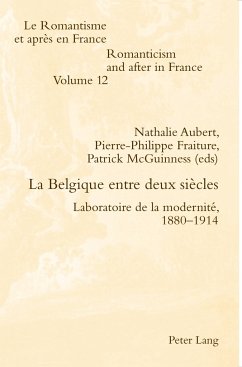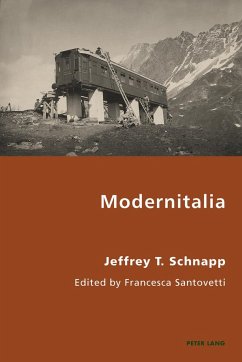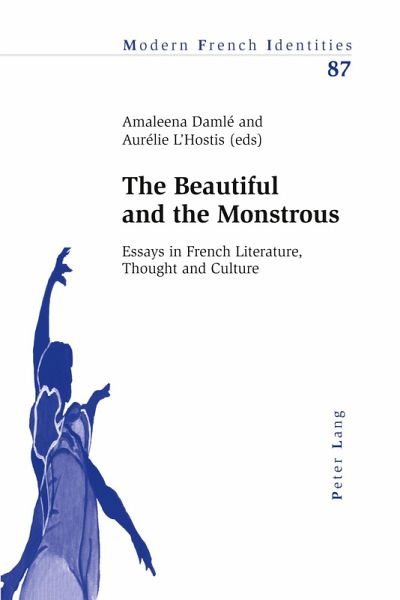
The Beautiful and the Monstrous
Essays in French Literature, Thought and Culture
Herausgegeben: Collier, Peter; Damlé, Amaleena; L'Hostis, Aurélie
Versandkostenfrei!
Versandfertig in 6-10 Tagen
67,55 €
inkl. MwSt.

PAYBACK Punkte
0 °P sammeln!
The composition of aesthetic beauty and its necessary correlation with the counterparts of ugliness and monstrosity have been the primary concerns of artists and philosophers through the ages. This collection of articles, selected from the proceedings of a conference on the theme of The Beautiful and the Monstrous that took place at Cambridge University in April 2008, seeks to reassess conceptualizations and representations of beauty and monstrosity and offers a timely critical evaluation of the relationship between the two. By means of a variety of theoretical approaches and methodologies, th...
The composition of aesthetic beauty and its necessary correlation with the counterparts of ugliness and monstrosity have been the primary concerns of artists and philosophers through the ages. This collection of articles, selected from the proceedings of a conference on the theme of The Beautiful and the Monstrous that took place at Cambridge University in April 2008, seeks to reassess conceptualizations and representations of beauty and monstrosity and offers a timely critical evaluation of the relationship between the two. By means of a variety of theoretical approaches and methodologies, the authors provide rigorous analyses of philosophical and artistic expression from medieval to contemporary literature, thought and culture from France and across the French-speaking world. Throughout, they seek to challenge traditional approaches by addressing a diverse range of questions that relate to the beautiful and the monstrous: from formal, metaphysical and ethical considerations of aesthetics, to the threat of the monstrous in realms of psychoanalysis and politics; from figures of beauty and monstrosity as prescriptive social and identitarian categories, to transformations and metamorphoses which challenge the boundaries between human and monstrous other. Engaging with discourses on aesthetics, metaphysics, ethics, politics, psychoanalysis, feminism and postcolonialism, and discussing a spectrum of figures from angels to zombies, this collection offers a fresh range of perspectives on a fundamental transgeneric and transdisciplinary topic.





